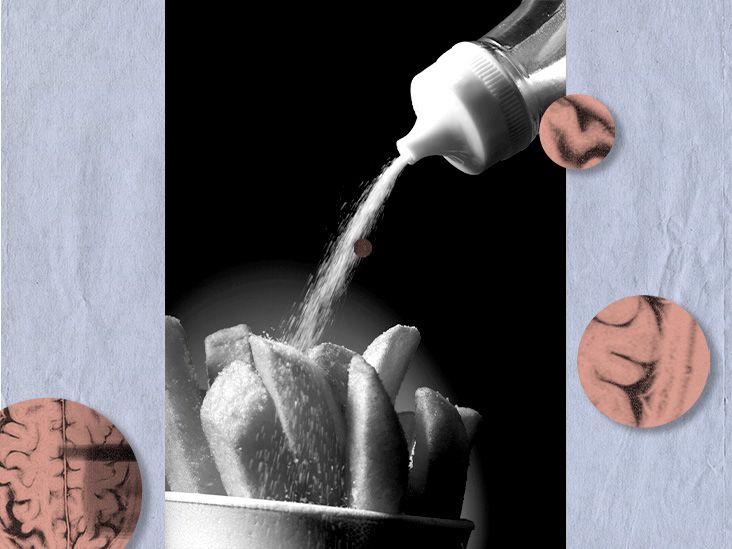A rash is defined as a widespread eruption of skin lesions. It is a very broad medical term. Rashes can vary widely in appearance. Their causes range from insect bites to HIV and reactions to medications.
A rash can affect one part of the body or cover a large area. Rashes can also be dry, moist, bumpy, smooth, cracked, or blistered. They can involve pain, itching, and color changes.
Some rashes will clear up on their own, some respond to home remedies, but others might be a sign of something more serious that needs medical attention.
Rashes can happen for many reasons, including skin infections, allergies, and medications. They can also result from bacterial, fungal, viral, or parasitic infections and other diseases.
In this article, learn about 71 possible causes of a rash and see images showing how they might appear.
Allergies and sensitivities to food and other substances can cause skin rashes.
One of the most common causes of rashes — contact dermatitis — occurs when the skin has a reaction to something that it has touched. The skin may become inflamed, and the rash tends to be weepy and oozy.
Common causes include:
- dyes in clothes
- beauty products
- poisonous plants, such as poison ivy and sumac
- chemicals, such as latex or rubber
A food allergy can also cause a rash and other symptoms.
Hives (urticaria) is a type of rash that often occurs with an allergic or sensitivity reaction. Pruritis is an itchy rash. Hives appear as raised bumps, but on lighter skin, they may also be pink or reddish.
An allergy can also cause swelling, breathing problems, and other symptoms. This may be a sign of anaphylaxis, a severe allergic reaction that needs urgent medical attention. It can be life threatening.
Anaphylaxis: Symptoms and what to do
Anaphylaxis is a severe allergic reaction that can be life threatening. The symptoms develop suddenly and include:
- hives
- swelling of the face or mouth
- wheezing
- fast, shallow breathing
- a fast heart rate
- clammy skin
- anxiety or confusion
- dizziness
- vomiting
- blue or white lips
- fainting or loss of consciousness
If someone has these symptoms:
- Check whether they are carrying an epinephrine pen. If they are, follow the instructions on the side of the pen to use it.
- Dial 911 or the number of the nearest emergency department.
- Assist the person in moving from a sitting position to lying down. If they have vomited, turn them onto their side.
- Stay with them until the emergency services arrive.
Some people may need more than one epinephrine injection. If the symptoms do not improve in 5 to 15 minutes, or they come back, use a second pen if the person has one.
The following slides show pictures of rashes due to contact dermatitis, a hay fever rash, and other allergic and sensitivity reactions. To see all the pictures on one screen, click “view all.”

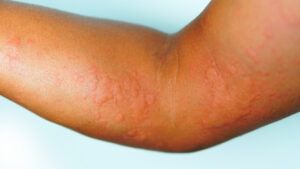
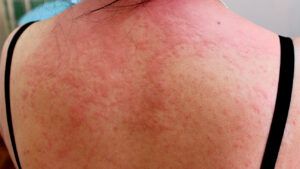
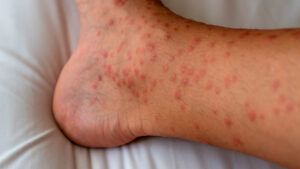

Certain medications can cause rashes in some people, either as a side effect or an allergic reaction.
Some medications, including certain antibiotics, can also cause photophobia or photosensitivity. This means they make the individual more susceptible to sunlight. The photosensitivity reaction looks similar to a sunburn.
In an allergic reaction, a person’s immune system mistakenly attacks the medication as if it were a pathogen. Symptoms vary depending on the individual and the drug but can include:
- a rash, including hives
- itchy skin or eyes
- swelling
Anyone who experiences a drug reaction should contact their doctor. They may need to change the dose or the drug.
If a person has severe symptoms or finds it difficult to breathe, they should call 911 immediately or go straight to the emergency room.
The images in the slideshow below show some ways medications, vaccines, and allergy testing might affect the skin.
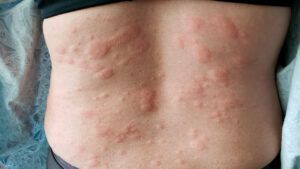
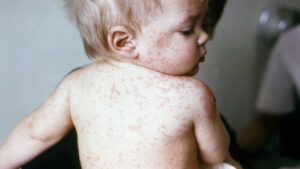
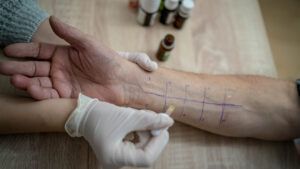
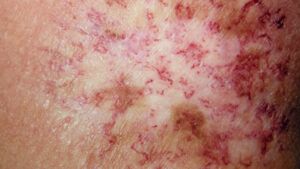
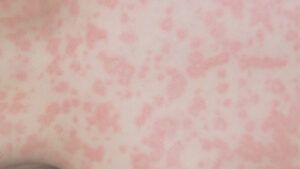
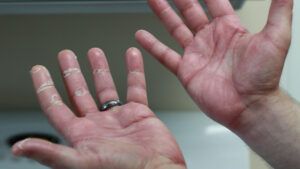
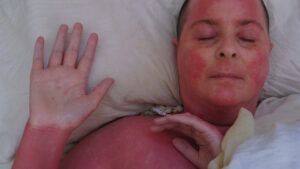

Infections that involve bacteria, viruses, fungi, or parasites can also cause a rash. These rashes will vary depending on the type of infection. For instance, candidiasis, a common fungal infection, causes an itchy rash that generally appears in skin folds.
Anyone who believes they may have an infection should seek medical advice.
The slides below include pictures of 29 types of bacterial, fungal, parasitic, and viral rashes.
These rashes can appear with:
- fifth disease (erythema infectiosum)
- impetigo
- shingles
- scarlet fever
- rheumatic fever
- mononucleosis (“mono”)
- measles
- candidiasis, a yeast infection
- ringworm
- rubella
- meningitis
- sepsis and septic shock
- cellulitis
- methicillin-resistant Staphylococcus aureus (MRSA)
- chickenpox
- toxic shock syndrome
- hand, foot, and mouth
- syphilis
- COVID-19, symptoms of which can include “COVID toes“
- Mycoplasma pneumoniae, a type of bacterial pneumonia
- erysipelas
- histoplasmosis
- lymphangitis
- HIV rash, which can be an early sign of HIV
- acrodermatitis, which can happen with late-stage Lyme disease
- West Nile virus
- dengue fever
- hookworm
- scabies
To see all the pictures, click “view all.”
Gallery was here
An autoimmune disease occurs when an individual’s immune system begins to attack healthy tissue. There are many autoimmune diseases. They
In the following slides, find examples of rashes and skin changes that can occur with:
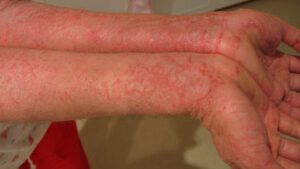
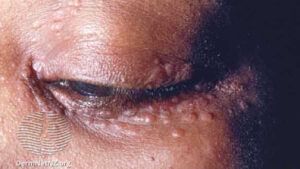
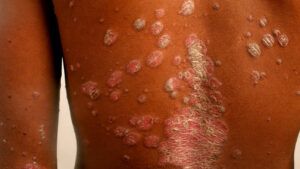
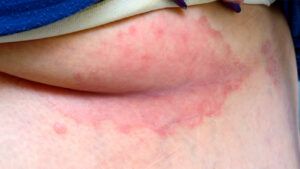
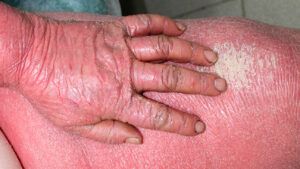
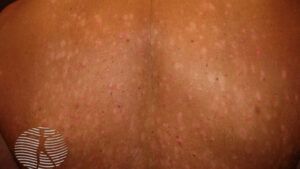

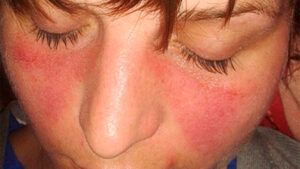
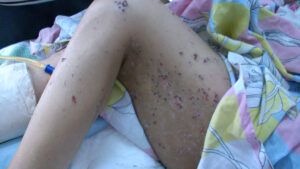

Learn more
Some skin conditions can appear differently on darker skin tones, making misdiagnosis more likely.
Many insects can cause a rash through a bite or sting. Although the reaction will vary depending on the person and the animal, symptoms often include:
- a rash
- redness, purple, or darkening of the skin, depending on the skin tone
- itching
- pain
- swelling at the site of the bite or sting
- more widespread swelling
Other causes of rashes outdoors include hay fever (seasonal allergy) and exposure to poison ivy and other plants. If a person has a skin reaction to pollen, poison ivy, a jellyfish sting, brown-tail moth caterpillars, and other plants or animals, a doctor may refer to it as contact dermatitis.
The images below show how a skin reaction or rash may affect people after exposure to:
- wasp sting
- fleabites
- poison ivy
- a brown-tail moth caterpillar
- stinging nettles or jellyfish
- grass

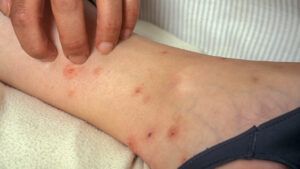
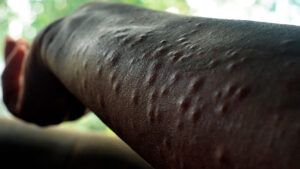
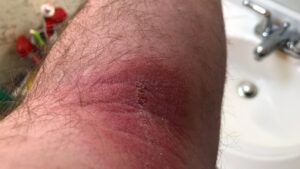
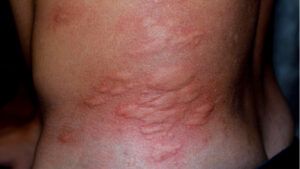
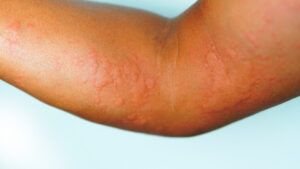
Chemical burns can occur when a person comes in direct contact with a chemical or its fumes, including some household products. Symptoms vary but can include:
- skin that appears black or dead
- irritation or burning in the affected area
- redness or a darkening of the skin, depending on the skin tone
- numbness and pain
Inhaling the fumes could lead to swelling of the throat, lips, and tongue and difficulty breathing.
Some people have a reaction to the perfumes or chemicals in soaps, shampoos, and other products. A doctor may class these types of reactions as contact dermatitis.
The images below show how various exposures can affect the skin.
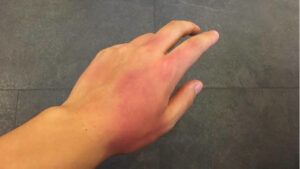

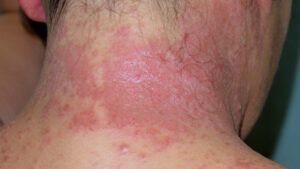
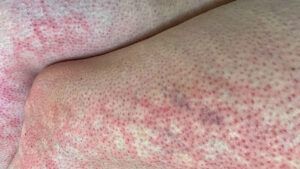
Other health conditions
A range of other health conditions can involve a rash or skin reaction. They include circulatory problems, hormonal conditions, and others.
The pictures below show examples of rashes due to:
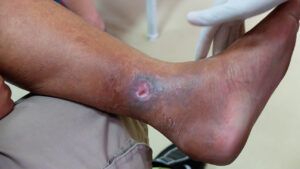

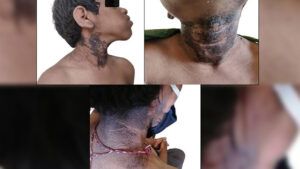
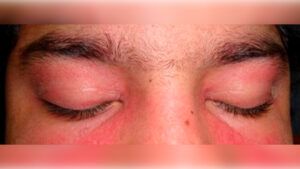
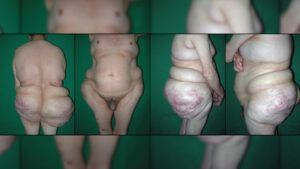
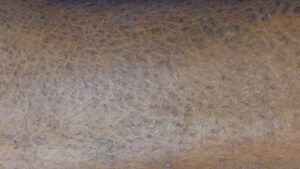
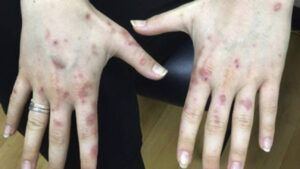
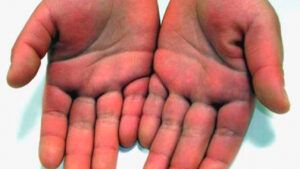
Rashes come in many forms and develop for many reasons.
However, some basic measures can speed up recovery and ease some of the discomfort:
- Use mild soap, baby soap, or soap for sensitive skin. Avoid scented soaps.
- Wash in warm water, not hot water.
- Wear loose-fitting cotton clothes.
- Ask a doctor or pharmacist about using moisturizers and emollients.
- Do not cover a rash with a Band-Aid or bandage.
- Do not rub the rash dry. Instead, pat it.
- For a dry rash, for instance, in eczema, use unscented moisturizers.
- Avoid any cosmetics or lotions that may be causing the rash, for instance, newly purchased items.
- Avoid scratching, as scratching increases the risk of infection.
- Ask a pharmacist about over-the-counter cortisone creams to ease itching.
- Calamine can relieve some rashes, such as poison ivy, chickenpox, and poison oak.
- For rashes due to chronic diseases, such as psoriasis, managing stress may help reduce symptoms.
If a rash causes pain, acetaminophen or ibuprofen may be useful. These can help manage symptoms but will not treat the cause of the rash.
It is important to speak with a doctor before taking any medication. Compare brands before purchasing over-the-counter or online products, to ensure the product is suitable.
If a rash occurs with the following features, a person should seek medical advice:
- a sore throat
- pain in joints
- a recent animal or insect bite
- red, purple, or dark streaks near the rash
- tender regions near the rash
- a large collection of pus
Most rashes are not a major cause for concern, but anyone with the following symptoms should seek emergency medical care:
- quickly changing coloration on the skin
- difficulty breathing or feeling like the throat is closing up
- increasing pain or severe pain
- high fever
- confusion
- dizziness
- swelling of the face or extremities
- severe pain in the neck or head
- repeated vomiting or diarrhea
Rashes can appear differently depending on a person’s skin tone, which can affect diagnosis. Here, find out how various rashes may appear in different skin colors.
Here are some frequently asked questions about skin rashes.
How can I identify my rash?
A person may be able to identify the cause of their rash based on the location of the rash or other symptoms they may experience. For example, swelling and breathing problems might indicate an allergy, while a fungal infection such as candidiasis can cause a rash in the skin folds. Factors such as whether the rash is flat or raised, peeling, or painful can help determine the type of rash.
However, it is best to contact a doctor for an accurate diagnosis if a person develops a rash.
What is causing my skin rash?
There are many different types of rash. Examples of possible causes include:
- allergic reaction
- reaction to an insect bite or sting
- sensitivity to cosmetics, cleaning products, or other chemicals or irritants
- side effects of medication
- bacterial, viral, fungal, and parasitic infection
- autoimmune diseases
Treatment for the rash can depend on the cause. A person’s doctor can provide an accurate diagnosis and advise on ways to manage symptoms.
Rashes can happen for many reasons. Some are mild and need no intervention, while others can be a sign of a severe underlying disorder.
Knowing how to recognize skin changes can help a person access early treatment for conditions that could otherwise lead to severe complications.

